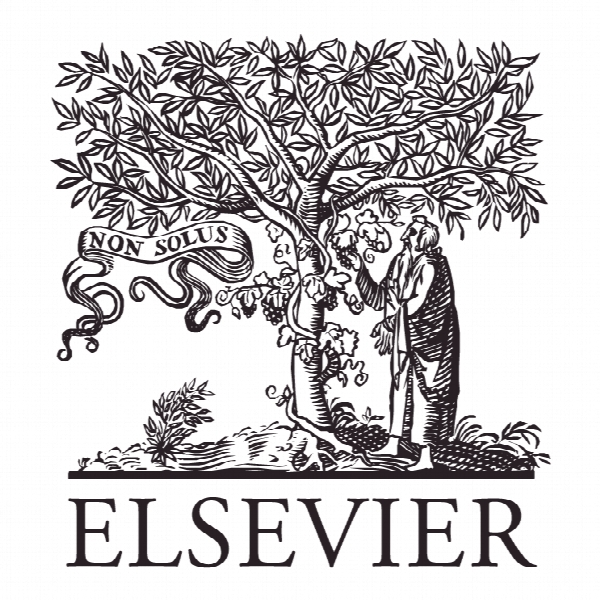یک مدل روان سنجی پیش بینی کننده برای شناسایی شخصیت و تفاوت جنسیتی در رشته های کالج A predictive psychometric model to identify personality and gender differences of college majors
- نوع فایل : کتاب
- زبان : انگلیسی
- ناشر : Elsevier
- چاپ و سال / کشور: 2017
توضیحات
رشته های مرتبط مدیریت و حسابداری
گرایش های مرتبط مدیریت کسب و کار MBA
مجله بین المللی آموزش مدیریت – The International Journal of Management Education
دانشگاه فلوریدا جنوبی، ساراسوتا، ایالات متحده
نشریه نشریه الزویر
گرایش های مرتبط مدیریت کسب و کار MBA
مجله بین المللی آموزش مدیریت – The International Journal of Management Education
دانشگاه فلوریدا جنوبی، ساراسوتا، ایالات متحده
نشریه نشریه الزویر
Description
1. Introduction and background Previous studies, typically based on demographic survey data, have uncovered many reasons why students select a business major. Relationships with such variables as salary (Cebula & Lopes, 1982), prestige of a specific career (Lowe & Simons, 1997) and gender (Malgwi, Howe, & Burnaby, 2005; Worthington & Higgs, 2003) have been cited as influencing factors. More recent studies have focused on the role of personality as a possible underlying reason why students select a business major (Lounsbury, Fisher, Levy, & Welsh, 2009; Noel, Michaels, € & Levas, 2003; Pringle, DuBose, & Yankey, 2010). Much of this current research is based on Holland’s (1985, 1996) theory of vocational choice that proposes that people will enter professions where they believe the work environment will match their personalities. Various measures have been used to define personality characteristics in business education. The Myers-Briggs Type Indicator (MBTI) was used by Filbeck and Smith (1996), who observed finance majors to have high scores on extroversion, sensing, thinking, and judging. Nourayi and Cherry (1993) found accounting majors to be overwhelmingly (94%) categorized as ‘judgers’ using the MBTI. Noel et al. (2003) € applied Cattell’s 16 Personality Factor (16PF) (Cattell & Schuerger, 2003) questionnaire to accounting, management information systems and marketing majors and found significant differences on outgoingness, abstract thinking, emotional stability, enthusiasm, venturesomeness, imaginativeness, and tension, along with self-monitoring behavior. They concluded that the personality traits for each major reflect conventional stereotypes of their selected business vocations. Subsequently, Cattell’s 16PF has been successfully applied in business management to investigate personality similarities and differences between Mexican and American business leaders (Ojeda, James Ree, & Carretta, 2010) and to help outplacement firms to understand and contend with the personality characteristics and profiles of recently terminated executives (Austin & Murray, 1993). De Raad and Schouwenburg (1996) reviewed over a century of research and theory of personality in education. They summarize a growing consensus that personality-related constructs are central to the research in this field. Personality was found to play an important role in the selection of a business major compared to other academic majors (Lounsbury et al., 2009). One commonly used measure is the Big Five personality inventory which consists of five factors: neuroticism, extraversion, openness to experience, agreeableness and conscientiousness (De Raad, 2000; Goldberg, 1993). Lounsbury et al. (2009) applied the Big Five to reveal that business students were more emotionally stable, extraverted, and conscientious while less agreeable and less open to sharing experiences than other majors. One limitation of this study is that the ‘other’ nonbusiness majors were not clearly identified. The Big Five personality inventory was also applied by Lakhal, Frenette, Sevigne, and Khechine (2012) which showed that personality played an important role in the selection of a business major. They found that personality (neuroticism, openness to experience, agreeableness, and conscientiousness) and gender account for 42.2% of the variance in the choice of a business major using multiple hierarchical logistic regression analysis. Extensive descriptions for each of these Big Five factors have been studied and validated in the scientific literature (Costa & McCrae, 1992; De Raad, 2000). However, criticism of the Big Five factors approach exists. McAdams (1995) has called the Big Five a ‘psychology of the stranger’ (p. 365) as they refer to traits that are easy to observe in a stranger as opposed to other aspects of personality that are more privately held. Van der Linden, Nijenhuis, and Bakker (2010) have found that the five factors are not fully orthogonal to one another; that is, they are not independent and therefore increase the chances of redundancy between the broadly defined dimensions.


